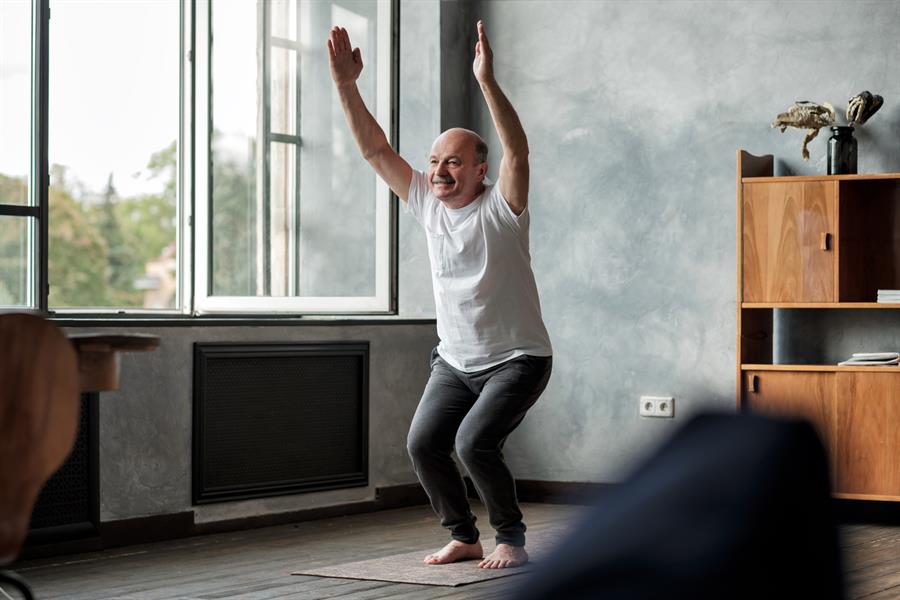Tell someone about an ache or pain and one of the first things they’ll ask is: “Are you taking anything for it?” In many ways we’re lucky that medical science has produced more, stronger and faster acting medications to help cure whatever ails us, and as a society we’re more than happy to take advantage of the “quick fix” of prescription or over-the-counter medicine. But there’s a downside to all that pill popping. Hazards range from minor side effects to serious and even deadly consequences, most notably when certain kinds of drugs are used to manage chronic pain.
The tide is beginning to turn as more healthcare professionals advocate for medication reviews, deprescribing and the use of “alternative” or non-drug therapies for managing pain. Even when medical treatments or prescription drugs are vital for recovery, people can still benefit from alternative therapies with proven benefits, which can be used to complement and enhance treatments.
Here are three that have been tested by researchers. Click on the links for details about the studies.
1. Get your groove on
There’s a reason why music is such a major part of life for most people: it can entertain, inspire, cheer, soothe, motivate and relax. But can it relieve pain? According to research evidence, listening to certain kinds of music before, during and/or after surgery helps reduce pain, anxiety and depression (1-7).
2. Get a move on
Like it or not, if we want to stay healthy and mobile into our senior years we need to make exercise a part of our daily routine. It’s hard to stay motivated and active though, especially when something (back, knees, hips, old football injury) is acting up again. But don’t give up: research shows exercise can be one of the best ways to relieve back pain or knee pain (8;9).
3. Change your mindset
Cognitive-behavioural therapy is a short-term, goal-oriented type of psychotherapy that helps people develop personalized coping skills and change harmful thoughts or beliefs. It’s often used to treat depression and other mental health problems, but it may also help relieve pain (10-14). For example, studies show that cognitive-behavioural therapy helps reduce the frequency and intensity of chest pain (11).
Thinking outside the (pill) box
No one wants to be in pain and if there’s a pill that can make it disappear, most people will find it hard to resist. But drugs don’t always help everyone and if they do, short-term pain relief could come at the expense of potentially serious side effects and longer-term health problems. Non-drug strategies are worth trying as a safer first line of defense.





